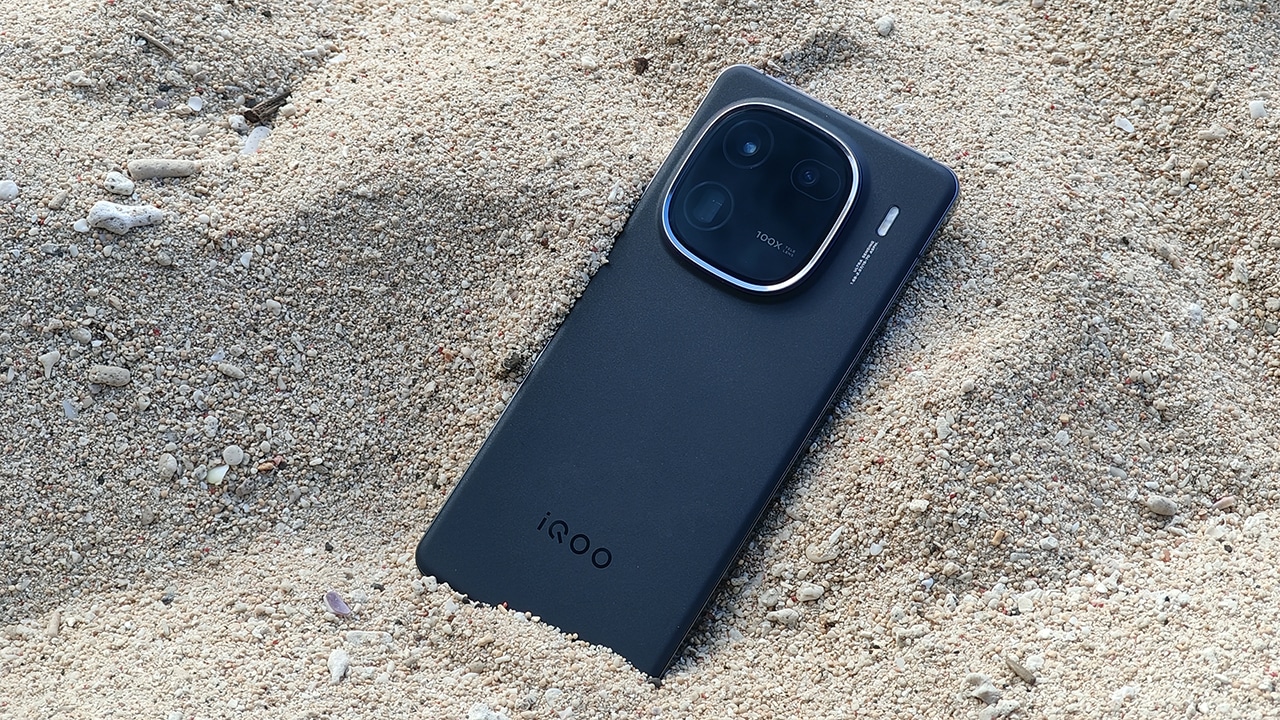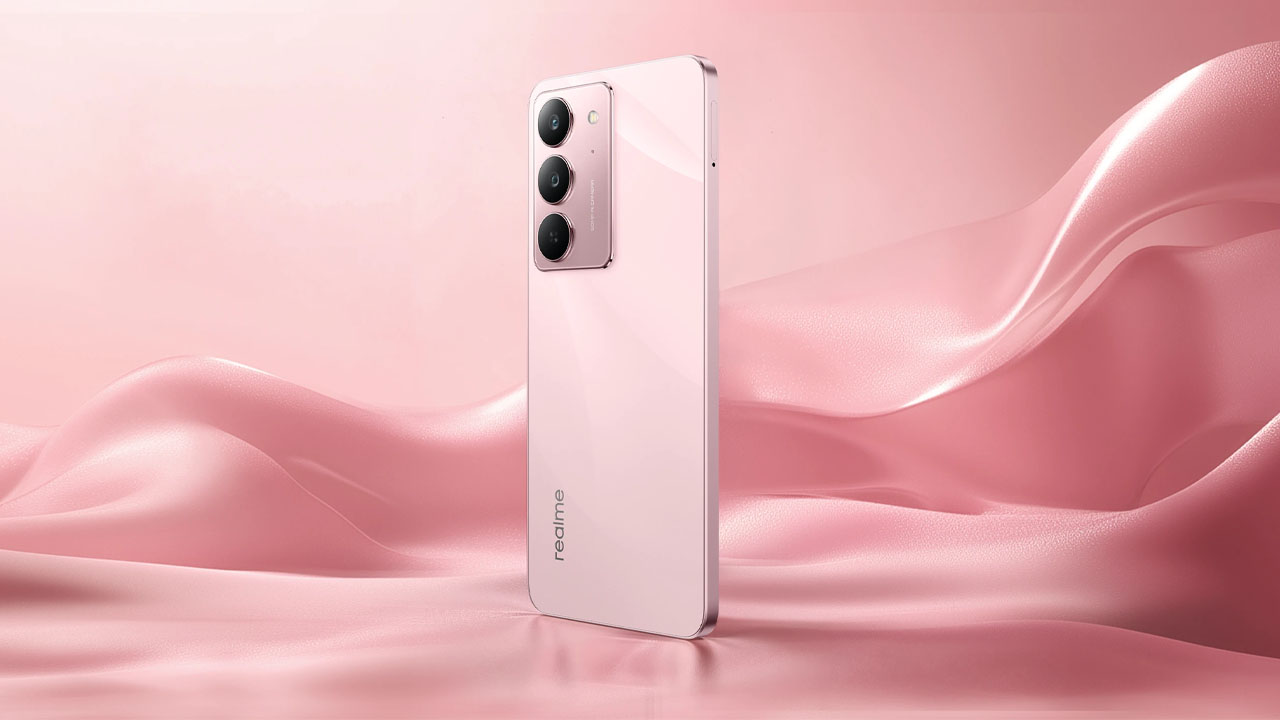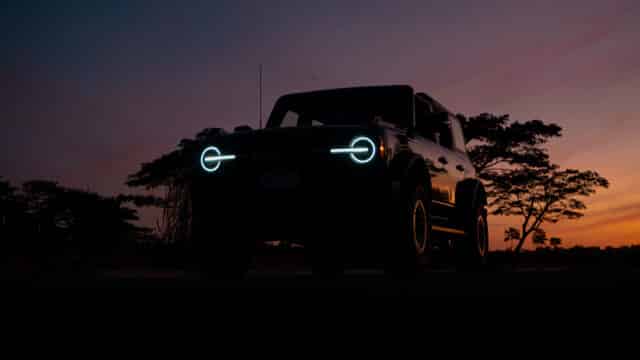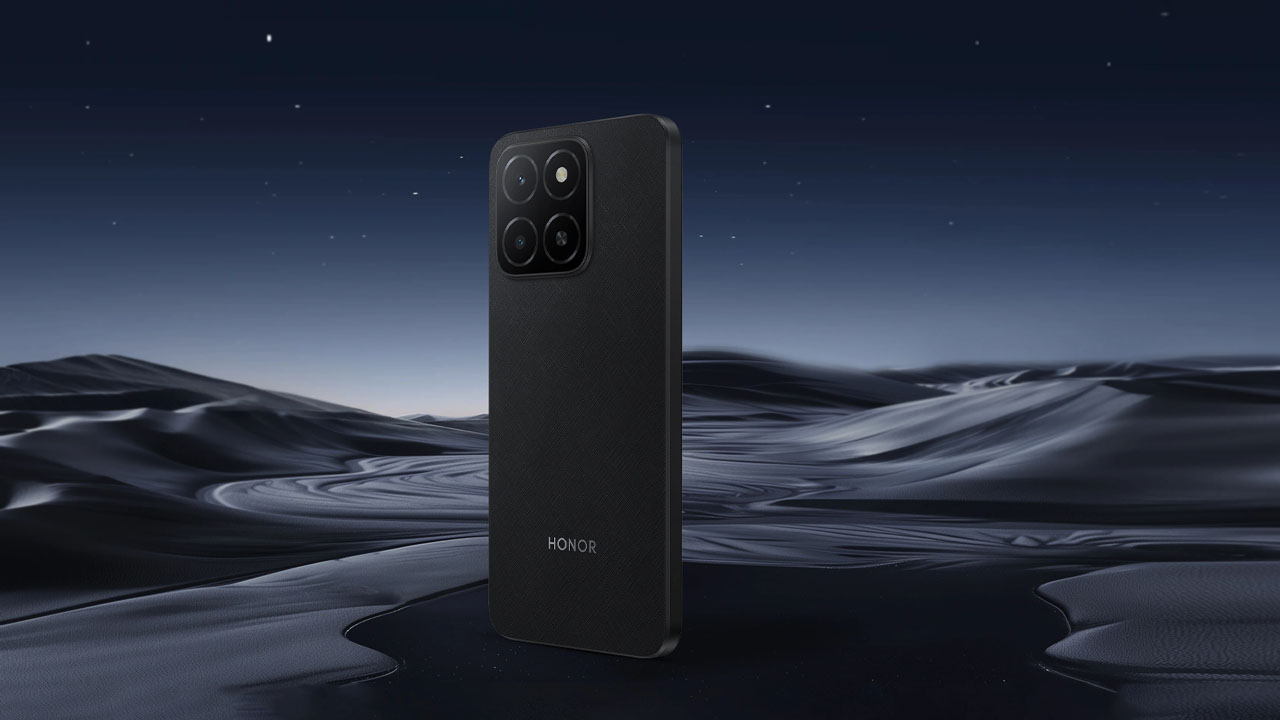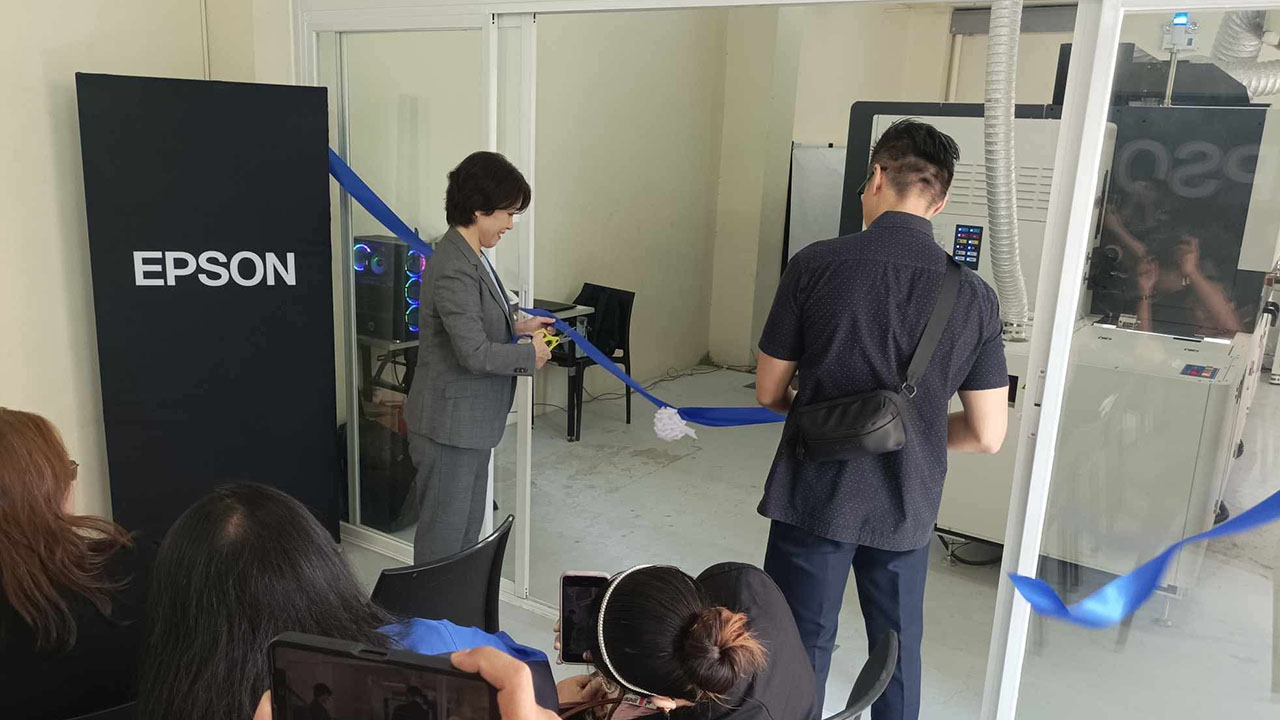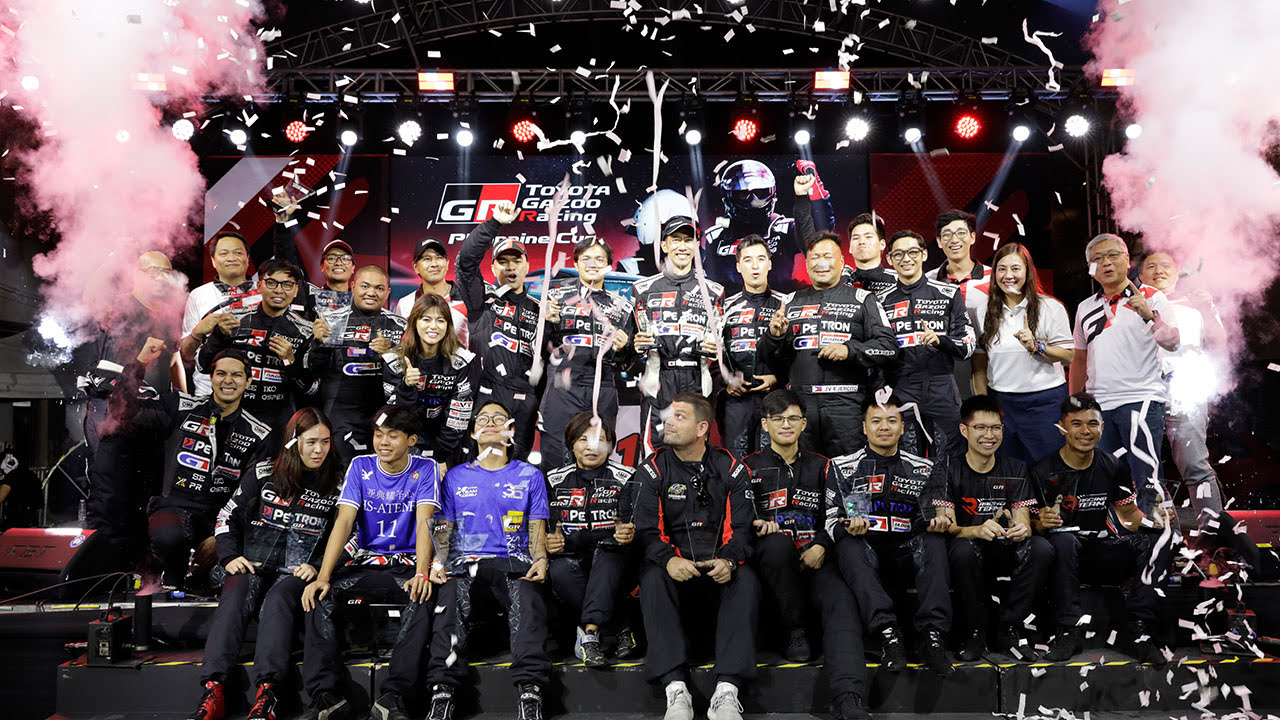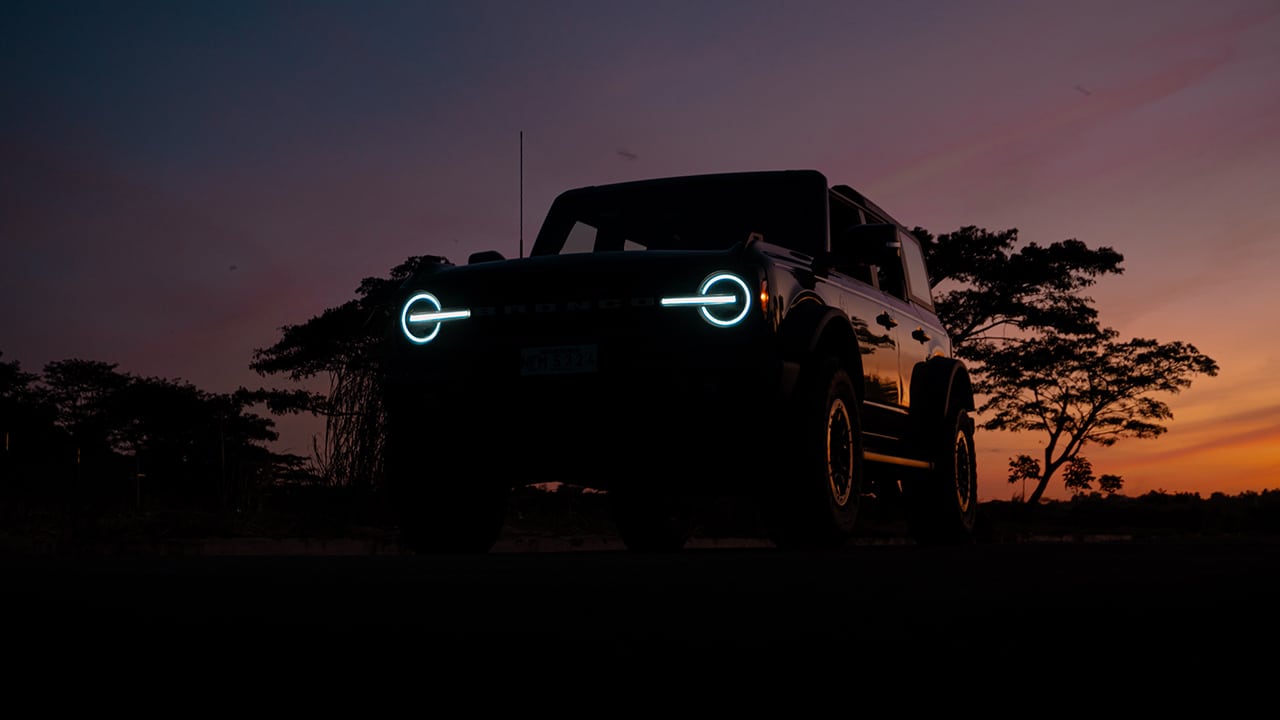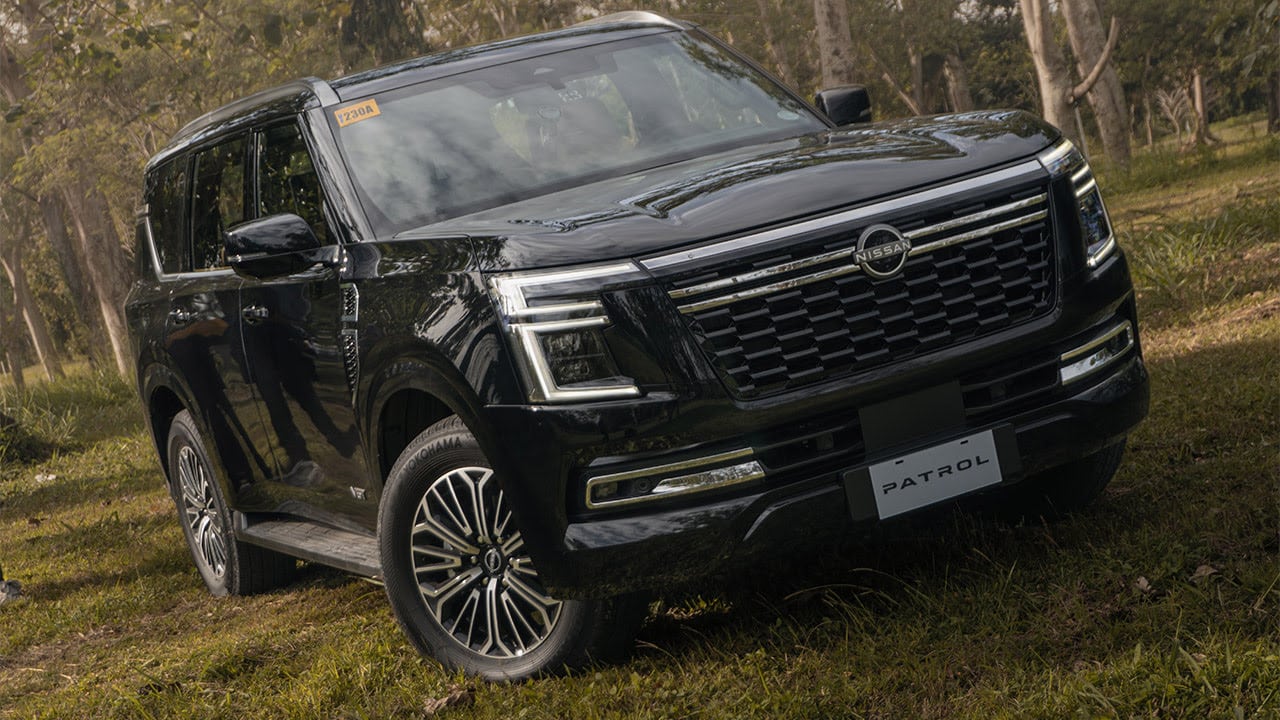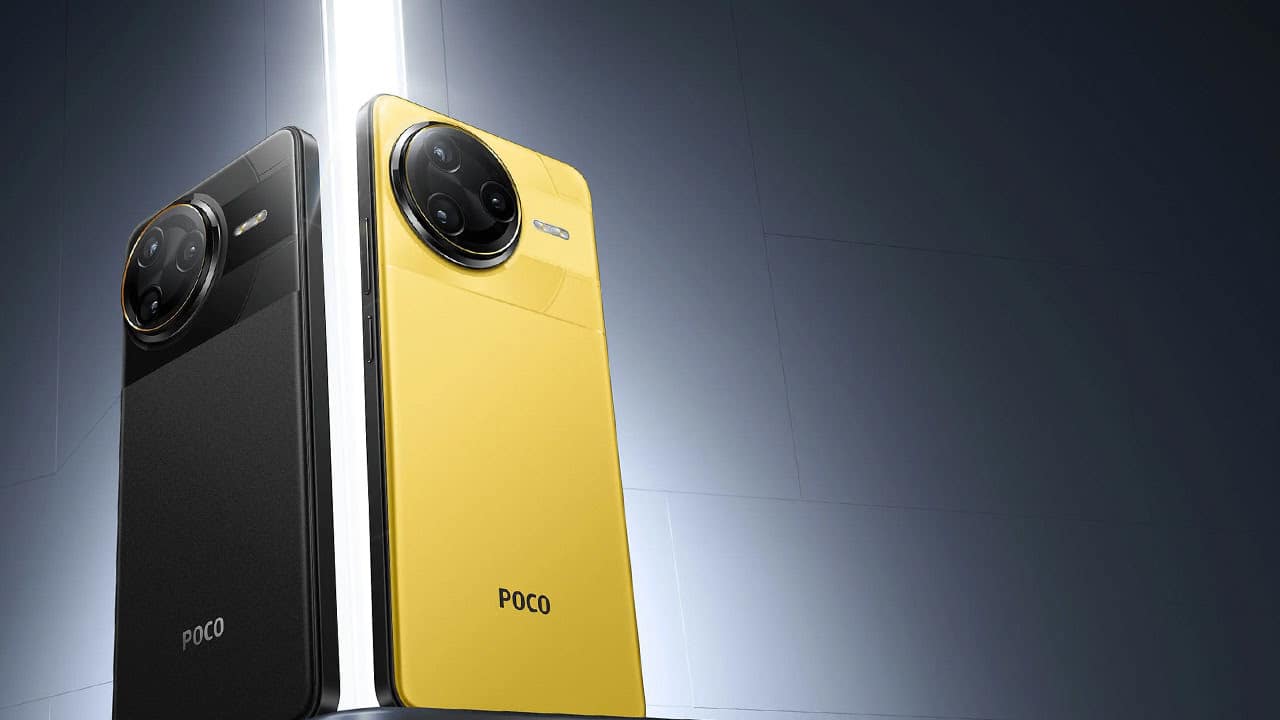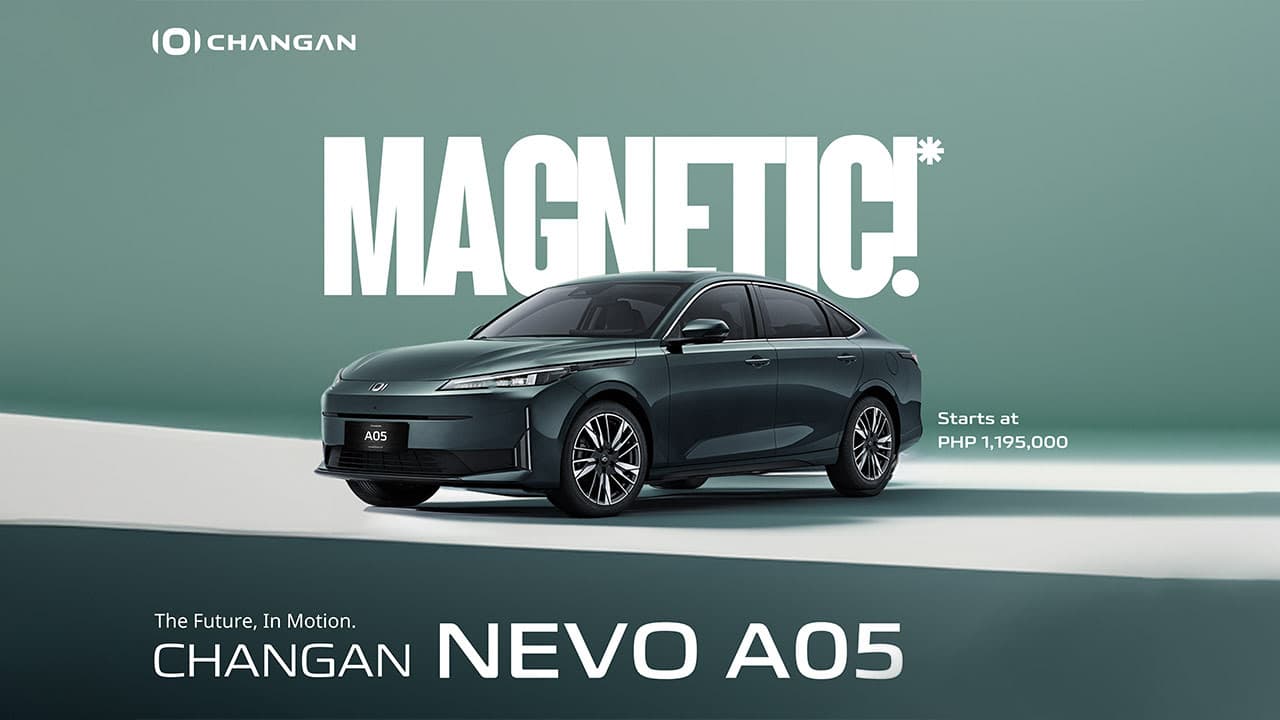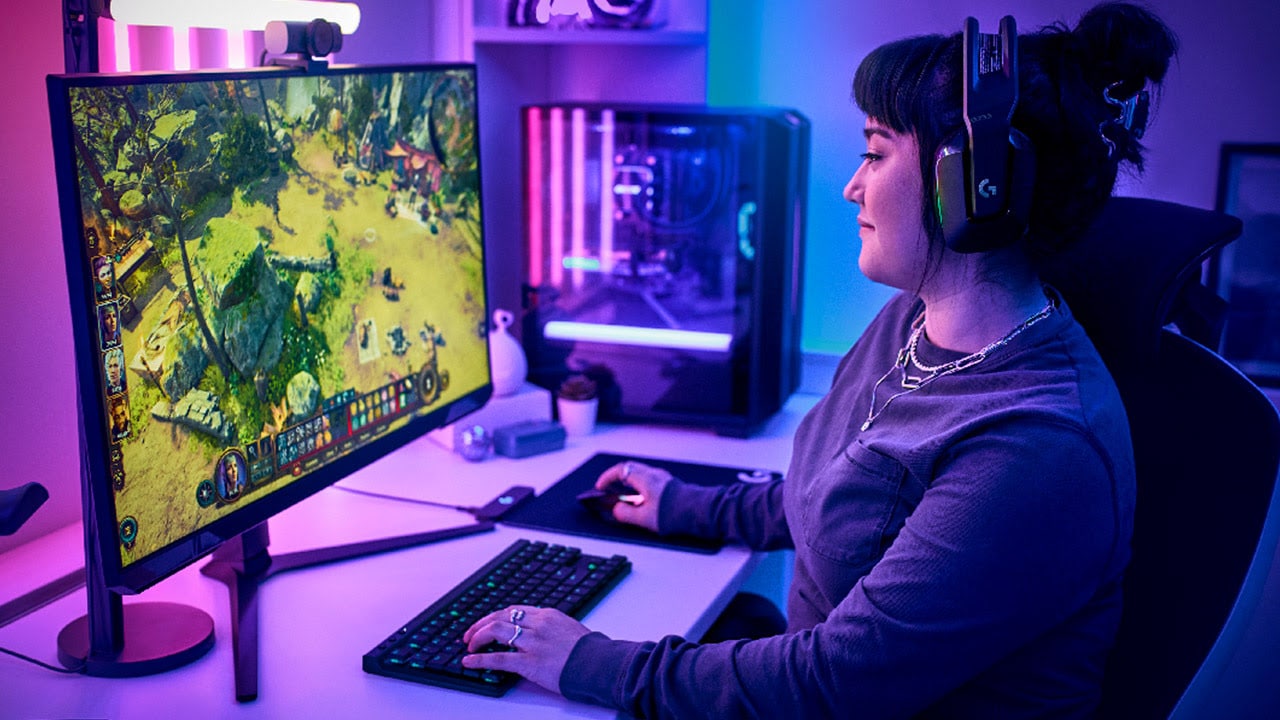What cameras I look for in smartphones
A lot of smartphones today boast a capable set of cameras since, after all, we are in the era where we’re all content creators in our own small ways — taking photos of everyday things we see. I have my personal preferences when it comes to the camera capabilities of my phone but a general, much simpler rule would be for it to have these three sensors — a nice main camera, a wide-angle, and a telephoto lens.
This is because I like taking photos in general, but I also love traveling so an ultra-wide sensor is necessary for opportunities to take epic landscape shots. To add to that, I like having a telephoto sensor since it can easily make my shots look varied and more dynamic especially when shooting people and their portraits.
iQOO 12 5G
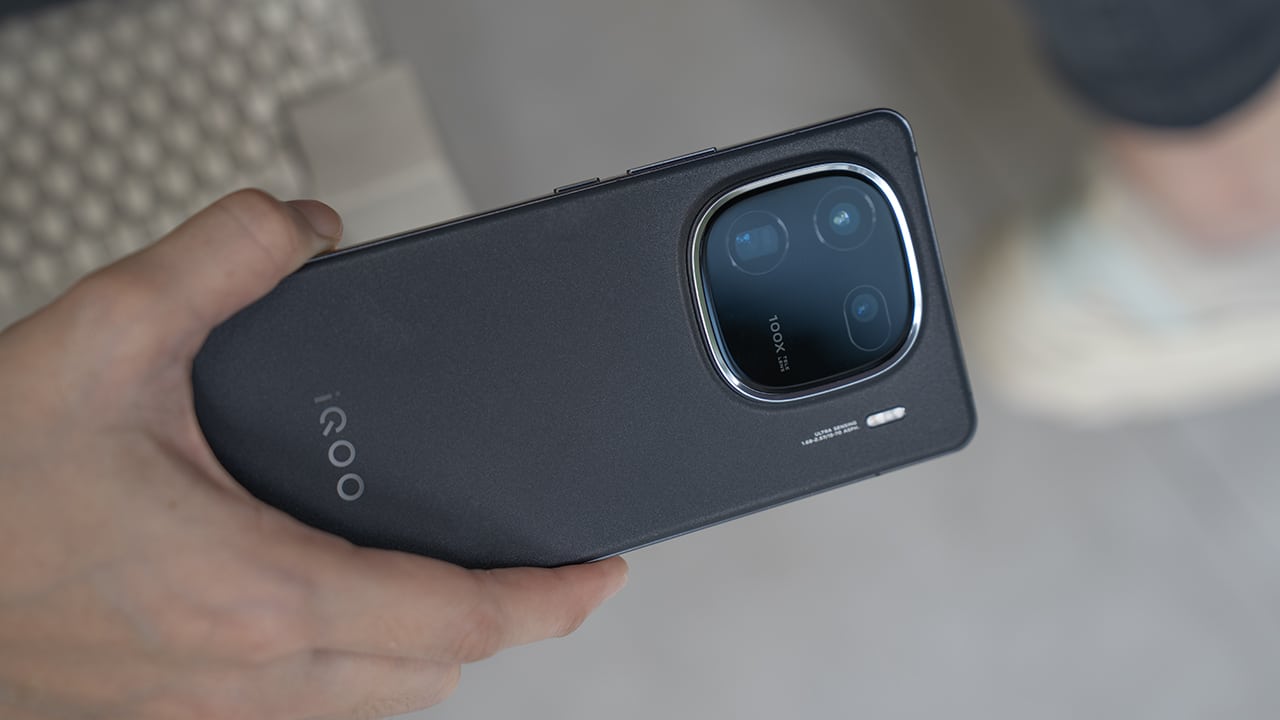
The reason we’re talking about this is because iQOO’s latest flagship phone — the iQOO 12 5G — carries these three sensors and is backed up by the newest Qualcomm Snapdragon 8 Gen 3 CPU.
As of writing this, there are not many phones that carry this chipset so we were excited to see what this new device could offer when it arrived on our doorstep. We took it with us and here’s our take on its cameras used in and out of the city.
Meet the three sensors
As mentioned, the iQOO 12 5G is equipped with a triple camera system. It comprises a 50-megapixel main camera, another 50-megapixel for its ultra-wide-angle sensor, and a 64-megapixel telephoto portrait lens.
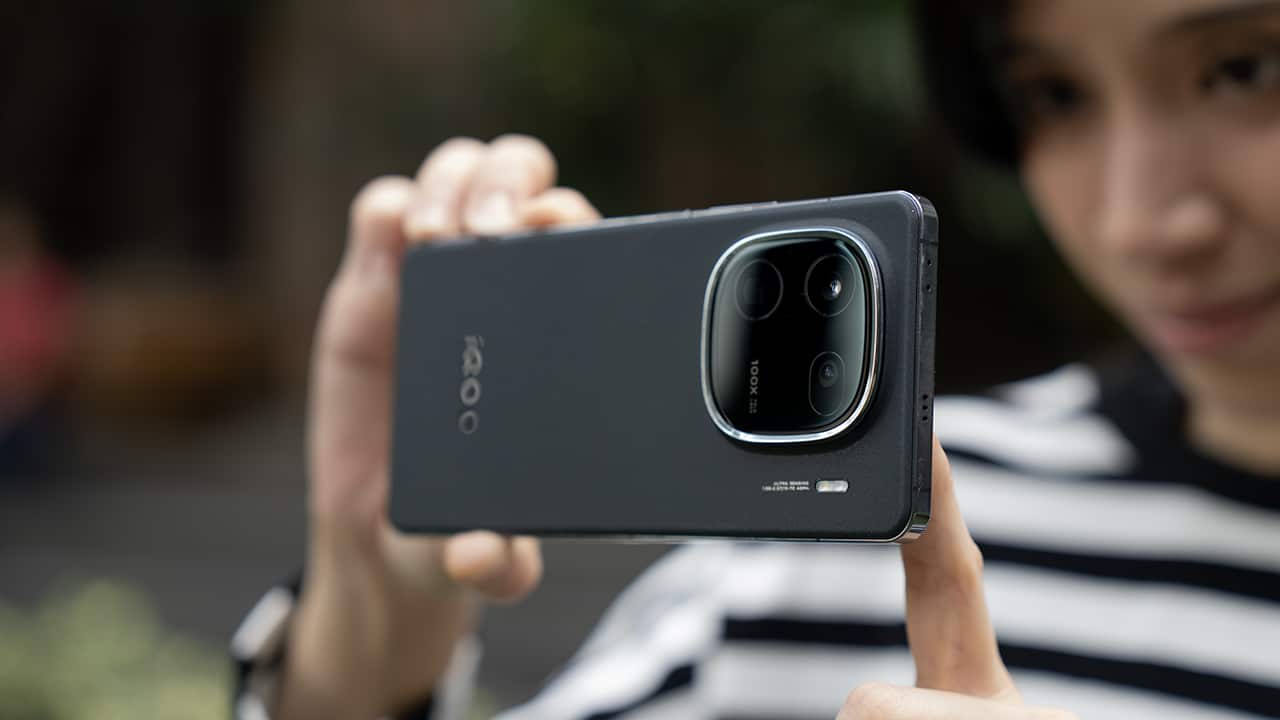
The main camera boasts an OIS (Optical Image Stabilization) 2.0 which is an improved version of a physical contraption in the device that counteracts your hand’s movements to ensure camera shakes are avoided
Its ultra-wide camera features a 119-degree field of view coupled with autofocus while promising minimal distortions. On the other hand, the telephoto lens also features OIS on top of PDAF (Phase Detection Auto Focus) which captures subjects in motion better.
AI in camera performance
Before we get to the sample photos, I’d just like to point out the role its new Snapdragon 8 Gen 3 CPU plays in capturing the following shots.
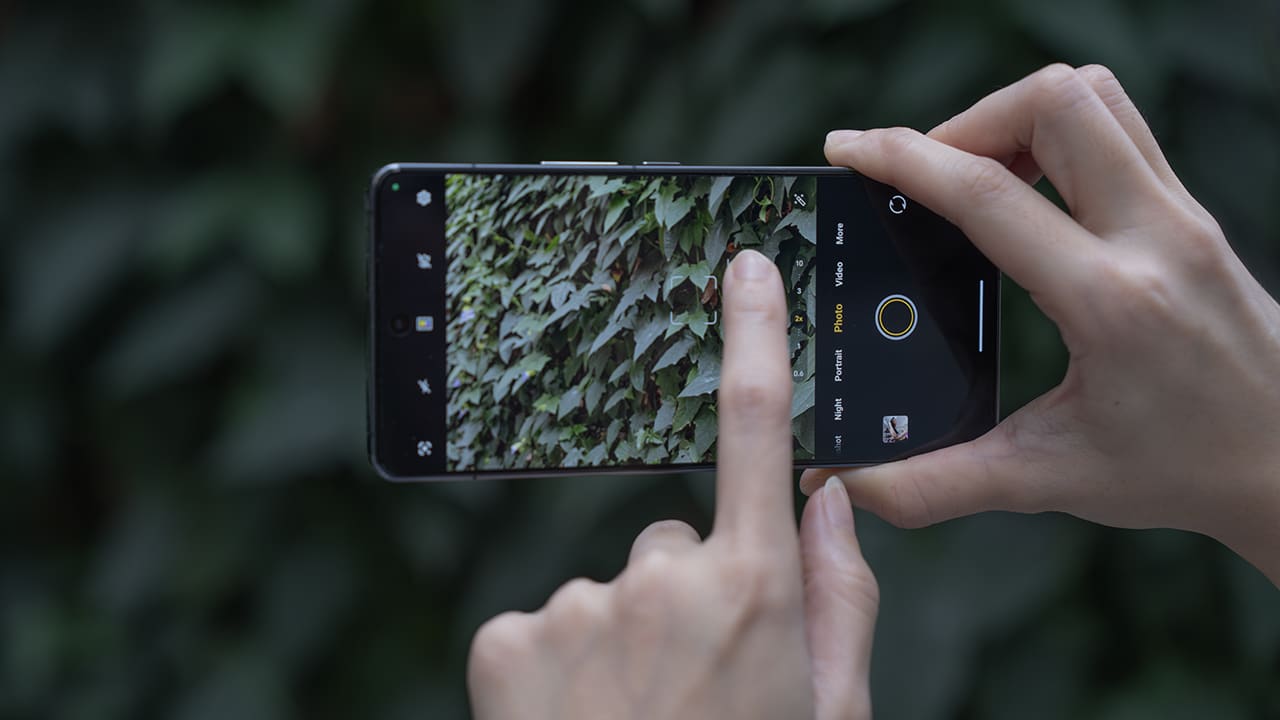
Qualcomm’s latest chipset is supposedly a powerhouse of artificial intelligence, fine-tuning in real-time for optimal results.
For its cameras, AI helps its Auto Mode by intelligently switching to the right and appropriate settings for the scene — all done before you hit the shutter button. And with our time with the phone, the cameras were able to properly calibrate their settings on the fly depending on the scenario at hand.
Main camera

The main camera captures impressive dynamic range even without HDR turned on as seen in the sample photo above. Even with the bright morning sun, the grass in the foreground, the trees further down, and even the ocean and sky all retained details with great clarity.

As mentioned previously, with the help of AI, the phone can quickly switch to the correct camera settings to properly capture each shot. This is evident in the above photo as it was able to set its shutter speed high. Thus, capturing water splashes in mid-air.
Telephoto and portrait
The iQOO 12’s telephoto sensor is very useful and is applicable in more than one use. First, you have your zoom lens that can get you closer to your subjects using its optic zoom so you don’t lose any clarity. Talking about this alone, it does capture sharp and detailed images using its 2x and 3x zoom.

Switching to its 10x zoom, the camera uses digital zoom to extend to this range. Still, the images captured showed satisfying clarity. The image quality of its 10x zoom is even easily passable to upload online like social media posting.

I spoke earlier of how having a telephoto lens gives you varied shots and the above photos are examples of this. Apart from just taking photos of wide FOVs, you get to play more with composition and even use a foreground to frame your subjects better.
RELATED: Telephoto cameras: what are they and why all the hype?
To further show you the effect of having different field of views, check the photos below showing how you can present one subject in multiple shots just by using its zoom capabilities. Images were shot in 0.6x (ultra-wide), 1x, 2x, 3x, 10x, and 100x.






As you can see, 100x zoom is rarely useable just like other phones offering this feature, and it’s more of a novelty to show off with others — at least for me. Still, you can see some details and colors were pretty accurate as well.

Another use for its telephoto lens is for portraits. By using its telephoto lens, you can shoot a person and have their background appear more interesting as it appears closer than when shooting wide. To best preserve quality, I usually just choose between 2x and 3x zoom.

To further add appeal to your photo, switch to Portrait Mode and go for 2x zoom. What you’ll get is a blurred background that makes your subject pop out more.

What I’m impressed most about the photos that came out was since the separation of the subject from the background is done digitally, the cutout is sometimes not clean and you can see overlaps in the edges — especially the hair. The iQOO 12 5G was able to do this with clean edges.
The only problem I’ve encountered so far was when shooting on Portrait Mode, the phone’s autofocus takes a bit of time to properly set its focus on the subject. The result is a hit-and-miss of portrait shots so it’s advisable to capture multiple shots to ensure you get a good shot.
Ultra-wide

For its ultra-wide-angle camera, its 119-degree field of view definitely came in handy for outdoor shoots when there’s a majestic view in front of us. distortion or that fish-eye effect is kept to a minimum so that’s a good thing.

Colors are also vibrant and its autofocus works well, especially for instances when you don’t have much time to capture a shot.
Other features
On top of those, there are also other shooting modes embedded within the Camera app like Night Mode, Slow-mo, Time-lapse, Long Exposure, and more. They do what they’re expected of them, but on top of those, there are also different Color Profile modes such as Natural, Vivid, and Textured.

There’s also Macro Mode that, for me, performs above average as it produces natural-looking and clear close-up shots. From the photo above, details are easily seen and the shallow depth of field looks natural and what you’d see on dedicated and professional cameras.
Final thoughts
The iQOO 12 5G is a very capable smartphone on paper from its new and improved chipset and capable specs. But on top of those, its camera system also shows that it can keep up with systems that flagship smartphones of today have.
It’s also pretty affordable for its lineup of features. It was recently launched in India for Rs 52,999 (approx. PhP 35K) as its starting price.
The iQOO 12 features a 6.78-inch LTPO AMOLED display with a resolution of 2800×1260 and a 144Hz refresh rate. It comes with a 16GB LPDDR5X RAM and 512GB UFS 4.0 storage. Powering it is a 5000mAh battery with 120W fast charge technology.
Stay tuned for our full review.










